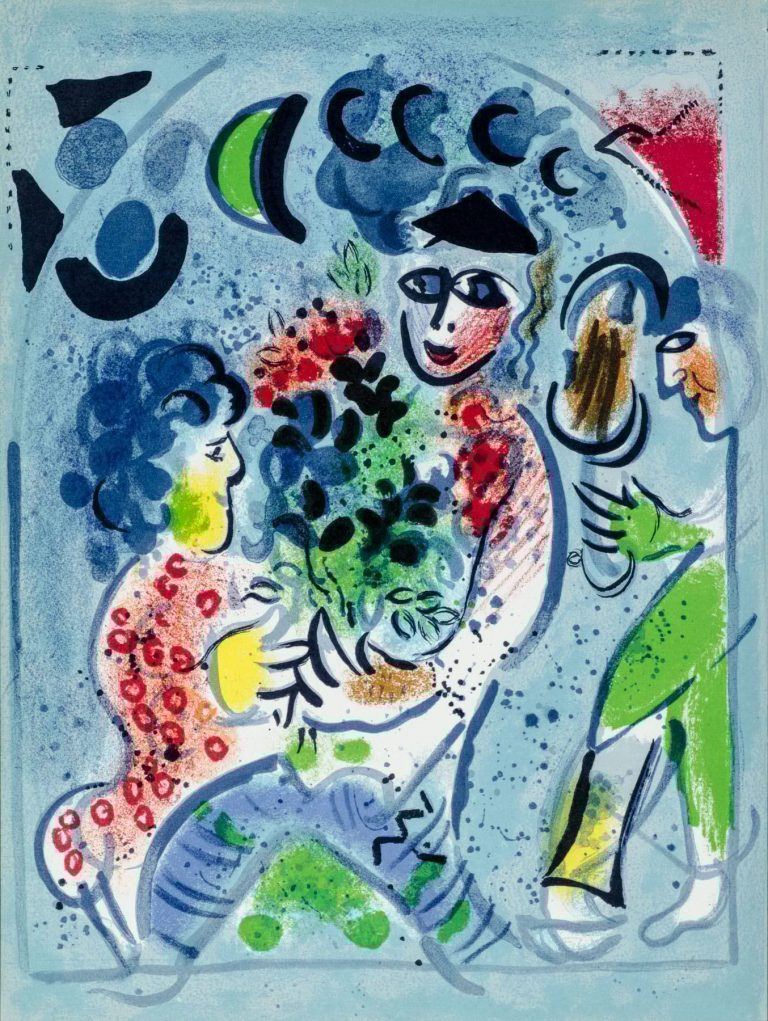
This enables the use of a flat print plate, allowing for far longer and more accurate print runs than previous physical printing processes. When a suitable printing ink and water combination is applied to the plate, the ink adheres to the positive image while the water cleans the negative picture.

The positive half of a picture, for example, is a water-repelling material, but the negative image is water-retaining. To generate an image, lithography employs basic chemical processes. This method keeps the paper dry and enables completely automated high-speed processing.įor medium- and high-volume printing, it has largely superseded conventional lithography printmaking: since the 1960s, most books and periodicals, especially those containing color illustrations, have been produced with offset lithography from photographic images formed from metal plates. In offset printing lithography, ink is transmitted from the lithography plate to the paper via a rubber cylinder or plate, instead of straight contact. The printing plates, whether made of metal or stone, can be made using a photographic technique known as photolithography. The design is copied or generated as a structured polymer coating bonded to a pliable plastic or metal plate in current commercial lithography. Fine art printing still uses this ancient method. Finally, the ink would be transferred to a blank sheet of paper, resulting in a printed page. Only the gum-treated areas absorbed the water, making them even more oil-repellent.Ī lithograph of Charles Marion Russell’s The Custer Fight (1903), with the range of tones fading toward the edges See file page for creator info.Īfter that, oil-based ink was used, which would only adhere to the original sketch. The stone was subsequently treated with a mild acid and gum arabic combination, which made the sections of the stone’s surface that weren’t coated by grease more hydrophilic. Initially, the picture to be produced was drawn onto the surface of a smoothened and flattened limestone plate with a fatty material such as wax, grease, or oil. Text or images can be printed using lithography on either paper or other materials.Ī lithograph is a lithographic print however, the name is exclusively applied to fine art prints and a few other, largely older forms of printed materials, not to those produced by current commercial lithography. It was devised in 1796 by Alois Senefelder, a German playwright, and performer, and was first used primarily for orchestral music and maps. The printing is done on a smooth-surfaced stone or metal plate.

Lithography printmaking is a planographic technique that was predicated on the immiscibility of water and oil at the time. 4.2 How Does the Lithography Process Work?.3 The Difference Between a Lithograph and a Print.

2.2 More Artists Start Exploring the Medium.



 0 kommentar(er)
0 kommentar(er)
